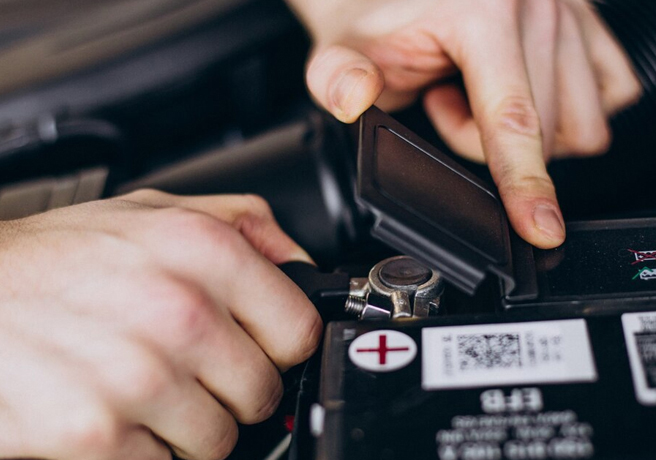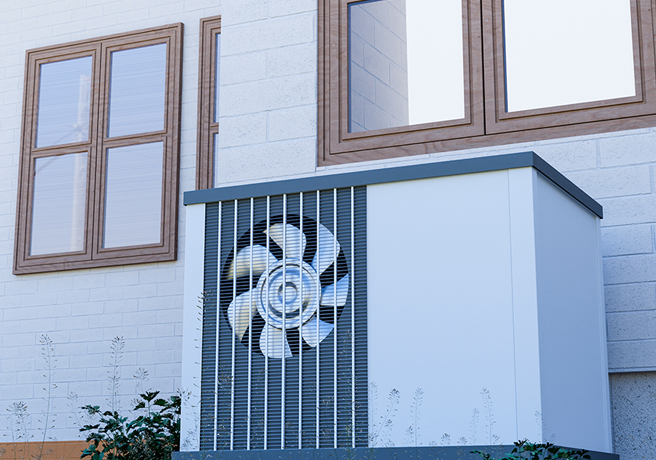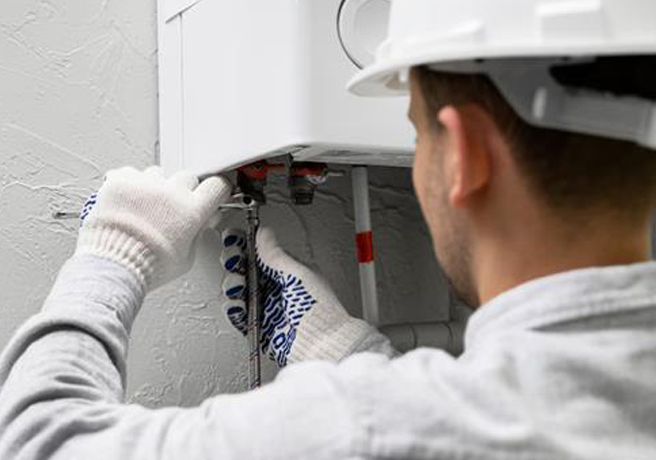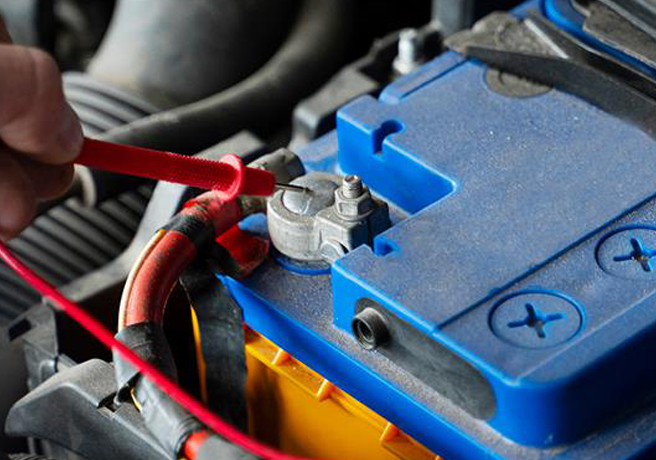Main navigation
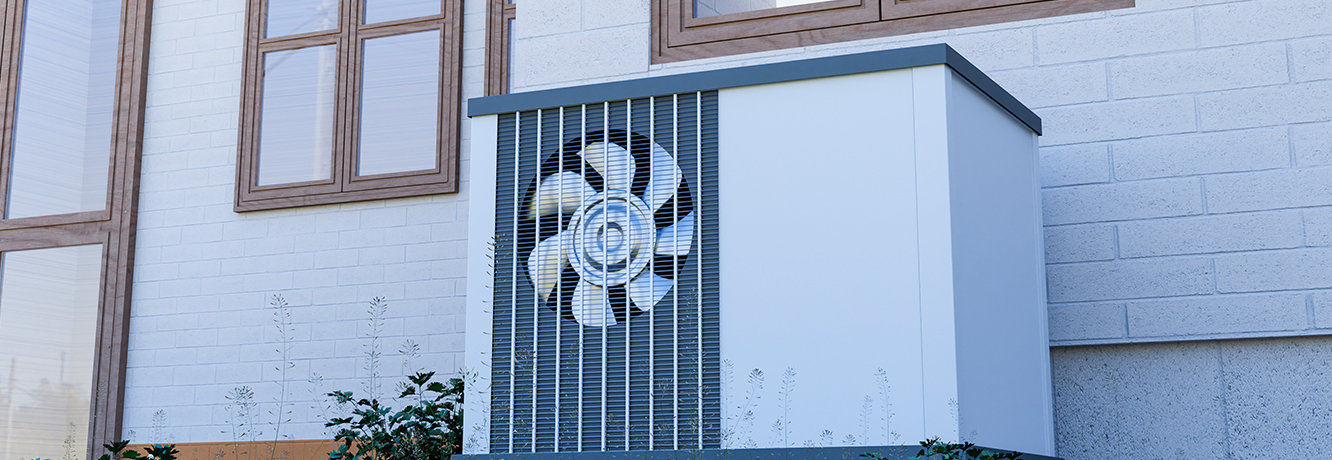

Nowadays, electricity powers our daily existence, and inverters ensure an uninterrupted flow of power when the lights go out. So, whether you are powering essential appliances during a blackout or enjoying the convenience of off-grid living, inverters play a crucial role. However, like any electronic device, they are not immune to issues. Inverter problems can range from batteries draining faster than expected to incomplete charging and pesky wiring issues.
The good news is most of these issues have straightforward fixes! From tightening connections and reducing the load to ensuring proper ventilation, these simple steps can often troubleshoot inverter woes effectively. Taking care of loose connections and scheduling routine maintenance can really extend the lifespan of your inverters.
In this guide, we will look into common inverter problems and equip you with creative solutions to keep the power flowing smoothly.
I. Inverter Battery Related Issues
A. Battery Draining Quickly
Trouble in paradise? If your battery runs out of juice faster than expected, it might signal trouble. Probable culprits include excessive load or an aging battery. Try lightening the load or consider replacing the battery.
Causes:
- Background Power Consumption: Devices or appliances drawing power continuously.
- Battery Health: Aging or faulty batteries may not hold a charge efficiently.
Solutions:
- Unplugging energy-hungry devices: Say farewell to power-hungry devices that sneakily drain your inverter’s life.
- Optimizing usage during peak hours: Timing is everything, even in the world of power. Schedule energy-intensive tasks wisely to keep your battery in tip-top shape.
B. Battery Not Charging Fully
If your battery seems stuck at less than full charge, check connections and the charging settings. Sometimes, a simple tweak in settings or a wire connection can make a world of difference.
Causes:
- Corroded Terminals: Dirt or corrosion on battery terminals hinders proper charging.
- Charger Compatibility: Incompatibility or malfunction of the charger.
- Clean Terminals: Thoroughly clean battery terminals to ensure a proper connection.
- Check Charger: Ensure the charger is compatible and functioning correctly.
- Deep Discharge and Recharge: Perform a complete discharge and recharge cycle to recalibrate the battery.
- Inspecting charging cables: Sometimes, it’s just a matter of untangling the charging cables between your inverter and its battery.
II. Inverter Technical Malfunctions
A. Overheating Issues
Is your inverter hotter than a summer day in the desert? Cool it down by following these tips. But first:
Causes:
- Poor Ventilation: Restricted airflow around the inverter.
- Internal Faults: Faulty components leading to excessive heat generation.
Solutions:
- Providing proper ventilation: Let your inverter breathe properly. Ensure it’s not suffocating in a cabinet or surrounded by a clutter of forgotten belongings.
- Keeping the surroundings cool: A cool environment is a happy inverter. Avoid placing it near heat-emitting appliances or in direct sunlight.
B. Frequent Tripping or Shutting Down
Does your inverter unexpectedly go off, leaving you with no power supply? It might be overly sensitive to sudden surges or a faulty component. Investigate and, if needed, seek professional help to avoid these power naps:
Causes:
- Short Circuits: Appliances causing short circuits.
- Incompatibility: Appliances exceeding the inverter’s load capacity.
- Internal Faults: Issues within the inverter affecting its functionality.
Solutions:
- Checking for overloading: Ensure your inverter is not juggling more appliances than it can handle. Balance is the key to a stable power performance.
- Investigating circuit issues: Like a detective, trace the circuitry to unveil any hidden culprits causing the frequent disappearances.
C. Noise or Abnormal Sounds from the Inverter
Unusual sounds could signal internal issues. Do not let your inverter compose its symphony—get it checked ASAP.
Causes:
- Loose Components: Parts or screws within the inverter being loose.
- Internal Damage: Components inside the inverter are getting damaged.
- Foreign Objects: Unwanted objects inside the inverter causing noise.
Solutions:
- Inspecting internal components: A loose screw here or there might be the culprit. Tighten things up to restore the harmony.
- Ensuring proper lubrication: Just like joints, inverter components need proper lubrication to move smoothly. Check and oil the parts if needed.
D. Diagnosing and Resolving These Technical Malfunctions
Sometimes, it is just a game of Hide and seek. Thoroughly inspect, look for loose connections, and if the problem persists, call in the —technical experts.
- Regular system checks: Prevention is better than cure. Perform routine checks to catch potential issues before they escalate.
- Consulting the inverter manual: The manual is your inverter’s diary. Decode its secrets and troubleshoot with confidence.
III. Wiring and Connection Problems
Time to untangle the web of wires and connections! Easily straighten things out with:
A. Loose Connections or Wiring Issues
A tangled mess of wires is an invitation to chaos. You can tidy up by:
Causes:
- Loose Wiring: Improperly connected wires causing disruptions.
- Damaged Wiring: Frayed or damaged wires leading to power fluctuations.
Solutions:
- Tightening loose connections: A loose connection is like a bad handshake – fix it for a stable connection.
- Organizing cables: Neat and organized cables are the unsung heroes of a well-behaved inverter.
- Surge Protection: Consider using surge protectors to safeguard against power surges.
B. Problems with the Connection to Appliances
Is your inverter struggling to keep its connections intact with your appliances? It is time to ensure a smooth relationship but first:
Causes:
- Incompatibility: Appliances not compatible with the inverter's power output.
- Appliance Issues: Blown fuses or circuit breakers within the connected appliance.
Solutions:
- Checking appliance compatibility: Not all appliances are created equal. Ensure your inverter and appliances are compatible for a balanced linkage.
- Inspecting outlet connections: A loose plug can lead to a power blackout. Ensure all connections are snug and secure.
- Appliance Inspection: Examine connected appliances for any blown fuses or circuit breakers.
C. Steps for Checking and Rectifying Wiring-Related Problems
A quick checklist to ensure your wiring is as snug as a bug in a rug: secure connections, no frayed wires, and a tidy setup.
- Visual inspection: Scan for any obvious signs of wear, tear, or loose connections.
- Use a multimeter: Measure the continuity of wires to detect hidden issues.
- Inspect fuses: A blown fuse is like a red flag – replace it to revive the connection.
IV. General Maintenance and Troubleshooting
Like a plant needing water, your inverter needs regular TLC. Regular maintenance can nip potential problems in the bud.
A. Importance of Regular Maintenance
- Cleanliness is key: Dust and dirt are the arch-nemeses of inverters. Keep them at bay with regular cleaning.
- Battery check-ups: Like a health check for your inverter, monitor and maintain your battery’s well-being.
B. Quick Troubleshooting Steps for Common Issues
- Reboot the inverter: Sometimes, a simple restart is all it takes to clear the confusion.
- Alarm beeping continuously: Check the display for issue of low voltage, battery high and mains low/high etc. Inspect if the connections are secure. Also, check that inverter is not overloaded.
- Inverter works in just inverter mode: Check if low voltage, malfunctioning transfer switch, mcb trip loose connection or power fluctuations is preventing the machine to switch to charging mode. Sometimes, resetting the inverter as per manufacturer guidelines may also help.
Final thoughts
So, the next time your inverter decides to throw a tantrum, keep in mind understanding the problem is half the solution. With these simple yet effective remedies up your sleeve, you are all set to tackle those inverter woes like a pro. Regular TLC for your inverter is like giving it a warm hug—it keeps things running smoothly. Taking a moment for checks and fixes can save you from future headaches. So, keep an eye out, tighten those connections, and give your inverter the love it deserves. Remember, a well-maintained inverter is a reliable companion during both calm and stormy power situations. Boldly face challenges, and may your power always be uninterrupted!
related Posts
Interested in buying our products?
Fill the enquiry form or call us on:




